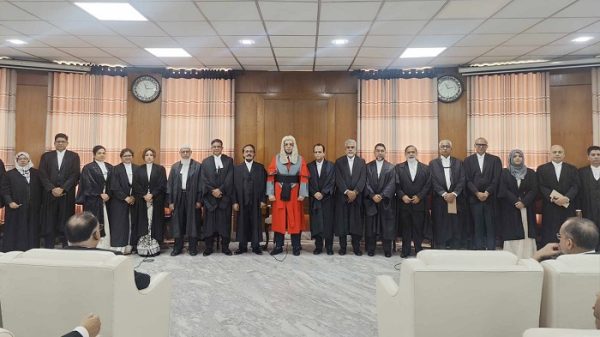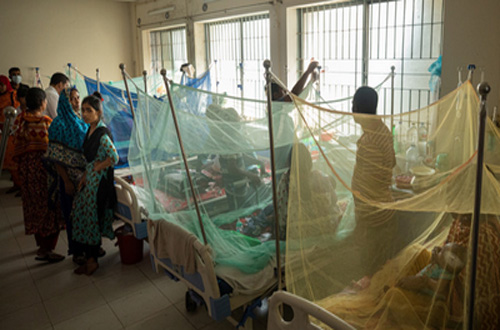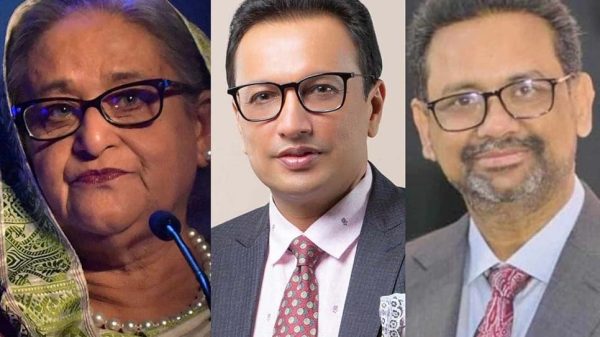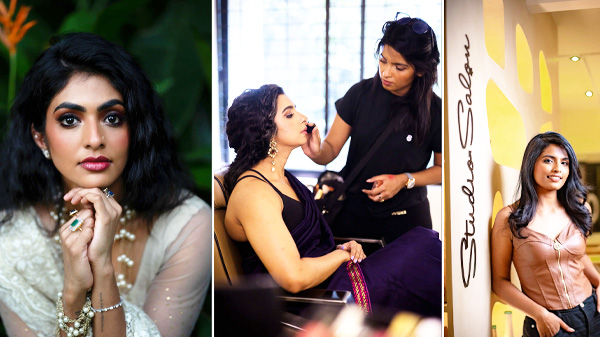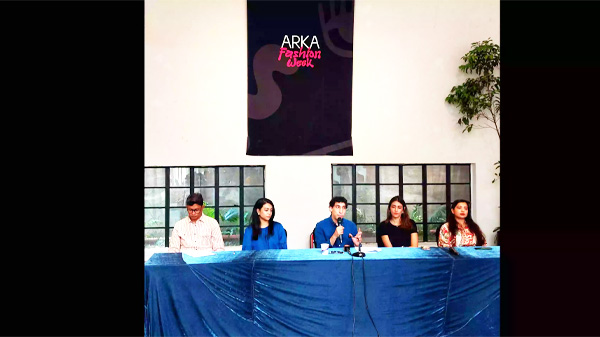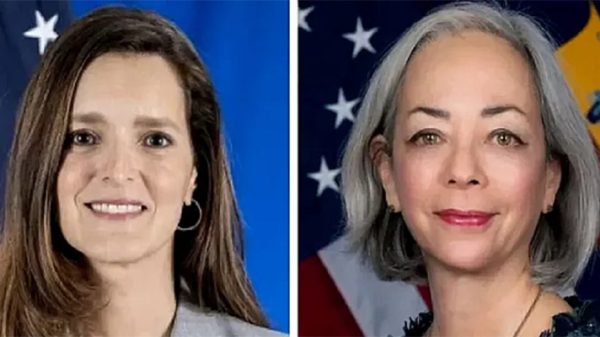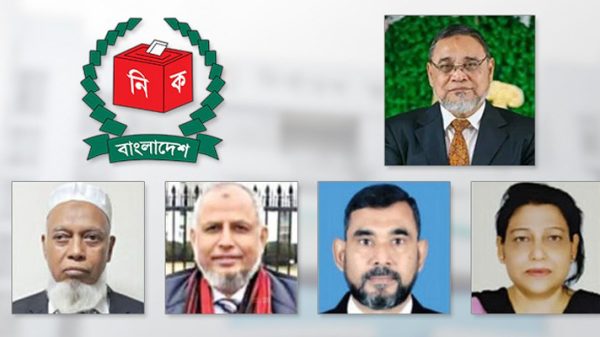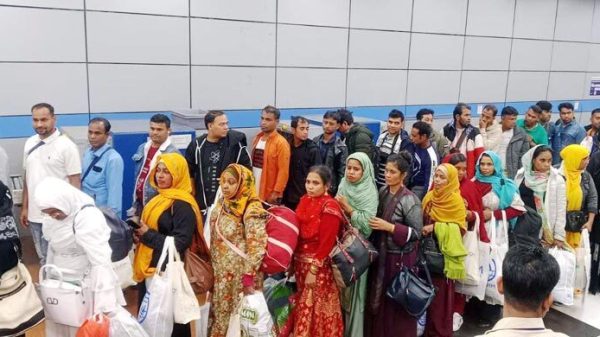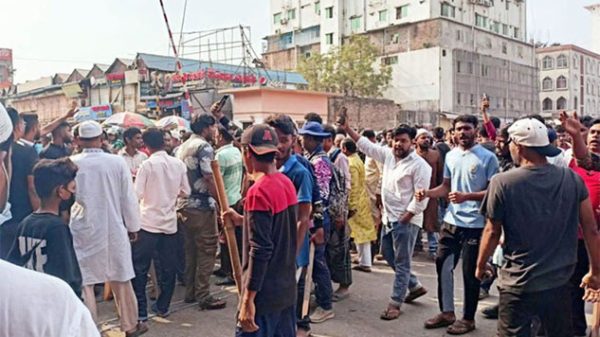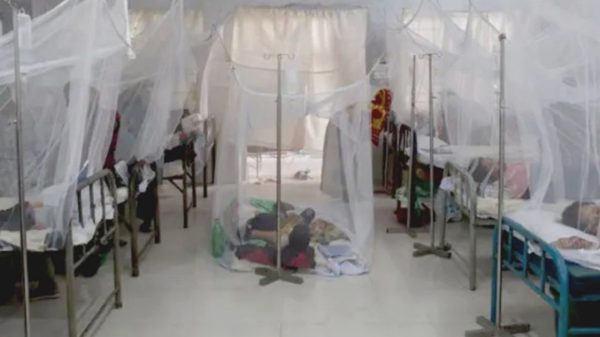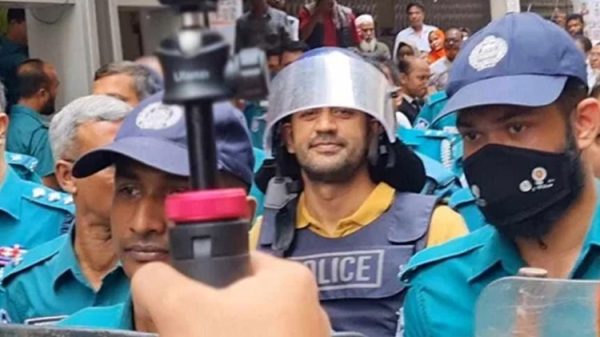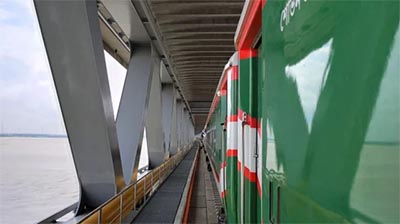Tradition meets modernity at Dhaka Makers 2024

- Update Time : Thursday, 8 February, 2024, 03:55 pm
- 127 Time View
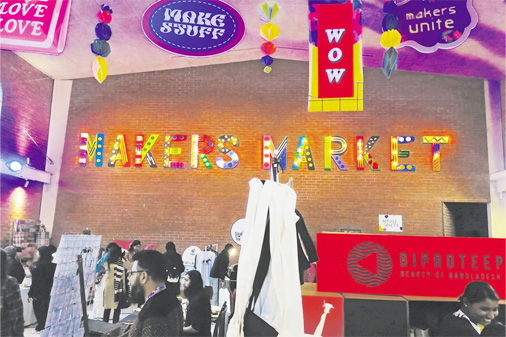
Online Desk: Walking into the Dhaka Makers festival was like entering a creative cultural fusion-a fusion between traditional Bangladeshi culture and the younger generation’s expectations with a dash of foreign influence. On the left, there were paintings of various styles. There were scroll art, abstract art, vintage-style art, etc.
On the right, there were stalls. Some stalls represented Bangladeshi culture through ‘Patachitra’, ‘Rickshaw art’, ‘Shola art’, etc. On the other hand, some stalls represented the younger generation’s demands.
Creative individuals were handpicked to uphold their talents. Different creative flavours from Dhaka were assimilated into this fair. When asked how this fair was different from conventional ones, Maleena Gomez from the organising institution ‘Biproteep’ said, “In conventional fairs, merchants pay to get stalls, but in this case, creative ones were contacted to display their products.”
About future plans, Maleena said, “We are fairly new, so we are gathering only Dhaka-based ‘makers’. We plan on gathering ‘makers’ from all over Bangladesh and putting them on the international map.”
On one corner of the fair, there was a Shola-based craft shop. These decorative, delicate, and intricate crafts are made from the soft, lightweight core of the Shola stem. This age-old tradition is on the verge of extinction.
But what’s the reason behind this tradition becoming obsolete? Why would the artisans leave behind their ancestors’ traditions? Gopendro Nath Chokroborti, a shola artisan from Jhenidah who has been crafting since 1975, shared, “There is no point in leaving a successor. This profession doesn’t really cover basic costs. The payment doesn’t cover the amount of work. Crafting doesn’t really pay much in Bangladesh.”
On one side of the fair, there was a Pattachitra stall. Pattachitra is a cloth-based scroll painting describing folklore. Younger generations don’t know much about this art form. How would the young generation know about this traditional art form? Nazir Hossain, a Pattachitra artist, said, “This type of isolated fair won’t really reach many people. I personally like open art shows where people from every class can learn about our heritage.”
There was a shop selling vibrant rickshaw-based paintings: rickshaw art, an intangible heritage declared by UNESCO. Originally started as poster design, these works of art are basically oil paintings. But is there any viable future for this UNESCO heritage? Artist Hanif Pappu said, “We, the artists, can’t single-handedly uphold this art form. Had the government and the NGOs supported us, we might not become extinct.”
Arka, a fashion brand containing two subbrands, ‘Kathal’ and ‘Ame’, represented local Gen Z demands. Kathal is all about punk and grunge. And Ame focuses on vibrant colours and graphics. Most Gen Z members who want these types of attire are forced to buy them overseas. One of the designers from Arka, Mohammed Numaan Khan, an Indo-French citizen, explains, “The whole idea of ‘Arka’ revolves around Gen Z. The whole idea was to produce the attire Gen Z wants locally.”
This event is a suitable platform for the younger generation to find their demands and learn about heritage. Gen Z was the majority among the people attending this event.
When asked how she felt about this event, a student from Sunnydale Middle School, Suhair Choudhury, said, “This incorporation of our heritage with young people’s preferred attire is really beautiful. More of this type of event will help us learn about our culture.” Another girl from the same school, Simrin Subha, added, “I generally want to leave Bangladesh. But this type of event kind of convinces me not to leave.”
There have been some controversies regarding this event, too. There are stereotypes regarding Gen Z that they don’t care to know about our past. According to Sakib Uddin, a middle-aged man from Dhaka, “This type of fusion is genuinely helpful in learning about our heritage but ultimately turns the last generation away from our culture.”
This event didn’t only introduce new ideas or heritage. It also presented our glorious past in a new way. Jute, popularly known as ‘Golden Fiber’, a historically and culturally important product in the history of Bengal, saw a reinvention of this industry at this event. Floor carpets, table mats, stools, and handbags made from jute were seen.
Mushfiq Bin Shaheed, the marketing manager for BeniBoonon, a sister concern of Bengal Braided Rugs Limited, said, “Their business was only export-based until the pandemic. But during the pandemic, the officials decided to sell locally.”
“We are thinking of using it in a variety of ways. In the past, jute was not used much; now, we can use it for multiple purposes. We are planning on making tables out of jute,” he added.
Dhaka Makers was an event to let one witness everything in one space. Generally, you have to go to different parts of the city to find different colours and products. The shops are really far away from each other. So the visitors were satisfied with it. The director of Goethe-Institut Bangladesh, a German cultural centre, Frank Werner, said, “I’m grateful that I can experience traditional handcrafts and new styles or innovations that, in the end, are based on the tradition but show a way into the future.”

